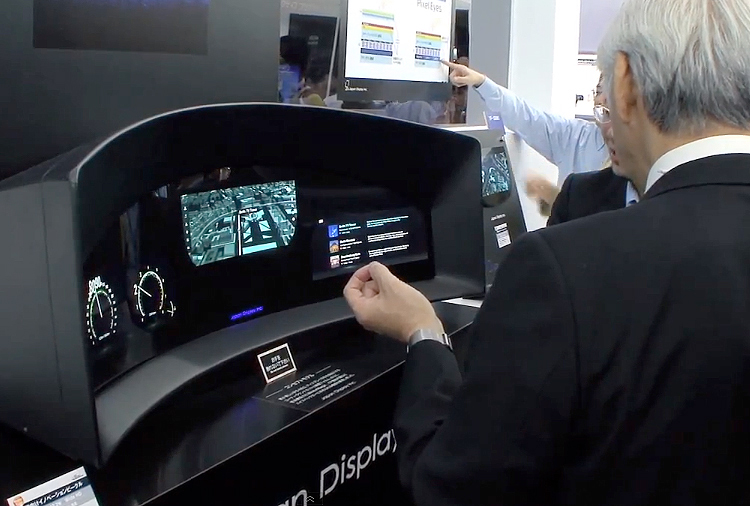You can never drive too safe on the open road, and luckily scientists are developing new technology every day to help. Here are 5 innovative technologies that will help you be a safer driver out on the open road.
Make Hands-Free Phone Calls
Many vehicles allow you to sync with your car, allowing you to access contacts and make phone calls without ever touching your phone. You never have to take your eyes of the road with a completely voice activated phone system. Whether you are driving on the expressway or stuck in a traffic jam, hands-free technology allows you to make a call while reducing the risk of a fender bender or a serious car wreck.
Use Speed Warning Technology
Vehicles can use the built-in GPS system to offer a warning if you should go past the speed limit. This technology is still in infancy, and auto manufactures are working on making speeding more difficult by making the gas pedal more difficult to press down, or eventually automatically decelerating the vehicle.
Text Message Using Your Voice
Text messaging is one of the number one causes of accidents, but that is changing thanks to voice recognition technology. Using Bluetooth, you can have your text messages read aloud, and you can reply with pre-determined responses. For example, if you are in a traffic jam and will be late to picking your child up from soccer practice, you can send them a text to let them know you will be late. These texts will be sent by just the sound of your voice commands.
Streaming Music Technology
Streaming music from the web not only offers you greater variety and less hassle, but will prevent you from fumbling around for your smart phone too. This will keep your eyes on the road and less distracted. You can stream live podcasts, HD radio, and even access the internet without ever having to turn your head.
Forward-collision Avoidance Technology
These systems sound an alarm when it sense that you might crash into an object ahead. Some versions of this technology can even apply the brakes automatically under certain situations in order to avoid crashing. According to the IIHS, these warning systems reduce forward collisions by around 7 percent.
It only takes one moment of distraction to experience a crash, so it is important to always practice defensive driving. These technologies will help you stay connected and safe in the future, but always try to pay attention while driving.




 Live Chat
Live Chat



